New York is gilded in beguiling art. It has an excess of riches and though summer is one of the best times to visit, quenching your cultural thirst can be difficult, as the arts patrons decamp to the Hamptons and watering holes ending in -an. From museums to galleries to street art at subway stations or parks, each borough is a canvas, so much so that it is often an afterthought against a landscape of pavement and honking cars.
Will you be uptown for the first Monday in May? While the performances on the Met Gala’s red carpet are an art form in themselves, the exhibit the gala underwrites offers plenty to check out uptown as the tulips bloom on Park Avenue. May flowers will be on full display in the form of long dormant garments and accessories unearthed from the Costume Institute’s lustworthy archive. Sleeping Beauties: Reawakening Fashion will see the reanimation of 250 fragile and intricate masterworks spanning 400 years. The collection’s treasures will be displayed through immersive technology which “will evoke how they feel, move, sound [and] smell” when they’re worn. Catch before it closes in September.
After you’ve had your fashion fill, emerge from the basement of the Met for a requisite visit to the Temple of Dendur’s glass sarcophagus and admire the juxtaposition of the city outside the windows. Before leaving, make sure to take in The Harlem Renaissance and Transatlantic Modernism. This groundbreaking exhibition spans 160 works of art to contextualize the Harlem Renaissance and its centering of the black subject as integral to the creation of modern art. The exhibition explains its artists’ works in direct juxtaposition to those of their European counterparts and shows how the Harlem Renaissance had influence far beyond the boundaries of New York City or even America. Afterwards, head up to the roof garden to view Petrit Halilaj’s “Abetare,” a sprawling sculpture overlooking Central Park.
In mid-May, New York City becomes the first North American city to host Lithuanian artist and technologist Benediktas Gylys’s unique public technology sculpture, The Portal. The sculpture will connect the Flatiron neighborhood to Dublin via a livestream looking-glass, offering viewers a chance to reflect on space and time and consider the novelty of connection.
For a lo-fi yet similarly transformative experience, head to Doris C. Freeman Park near the Plaza Hotel and try to catch the sun moving through Fred Eversley’s “Parabolic Light” sculpture. Take a moment to view the refracted world hum around the hotel through the magenta resin filter and be amazed by the illusions of the parabola before the piece is removed on August 25.
Drawing a line through time is Jenny Holzer: Light Line, which marries her early series of aphorisms on social activism with later writings on war and loss. First installed at the Guggenheim in 1989 as a groundbreaking display of digital wording on screens, thirty-five years on Holzer reclaims the Frank Lloyd Wright-designed rotunda for a display of thought-provoking missives sure to get the socials atwitter and hopefully, the brains churning.
Moving over to the MoMA, multidisciplinary artist-activist LaToya Ruby Frazier has a career-spanning exhibition opening May 12. Monuments of Solidarity brings together works to share Frazier’s messages of resistance and advocacy surrounding environmental, social and industrial issues. Titled “worker’s monuments,” Frazier’s images, texts and performance are a look into her artistic career as an activist.
While wandering around town, be on the lookout for Public Art Fund’s installations on various bus shelters and newsstands and advise your friends in Chicago and Boston to do the same. Clifford Prince King: Let me know when you get home is a series of photographs that will be up through May 26 before Adrienne Elise Tarver’s paintings (the first solo public art exhibition for the artist) opens August 14.
A romp through New York art wouldn’t be complete without a visit to the Whitney Biennial where the eighty-first year of the longest-running survey of contemporary art in the United States is on display through August 11. Titled Even Better Than The Real Thing, the exhibition invites sixty-nine artists to engage with a thesis that explores “the permeability of the relationships between mind and body, the fluidity of identity and the growing precariousness of the natural and constructed worlds around us.”
Another New York treasure that feels extra special in the sultry summer months are the marble rooms of the Morgan Library and Museum. Walton Ford: Birds and Beasts of the Studio, a series of sixty-three watercolors, will be on display through the fall and makes for an excellent escape from the heat. The images depict dramatic encounters between humans and nature, and after you’ve taken those in, the Morgan’s permanent collection is an absolute jewel box with something intriguing in every drawer.
In early June, City Hall Park in Lower Manhattan will be blessed with an exhibition by Cannupa Hanska Luger, a new site-specific sculpture series called Attrition, inspired by the systematic near-extinction of the North American bison. Luger, who is Mandan, Hidatsa, Arikara and Lakota, is a member of the Three Affiliated Tribes of Fort Berthold; the work gives us a poignant reminder of the not-so-distant past.
If you haven’t had enough yet, head east from Downtown to the ample hills of Brooklyn. At the Brooklyn Museum, on display for the first time in twenty-fouryears you’ll find Utagawa Hiroshige’s 100 Famous Views of Edo. The complete set of the 1856-58 prints depict the city that would become Tokyo in vibrant colors and detailing. Presented alongside these magnificent prints are inspired contemporary photographs of Tokyo and paintings by Takashi Murakami. Rendered in his superflat fantastical style, juxtaposed against contemporary imagery, the exhibition examines the relationship between the urban and the natural world over time.
Take Atlantic Avenue down to the river, to Brooklyn Bridge Park, but not before stop- ping to window gaze at the Picture Room, attached to cottage-core pioneer/coffee bar Salter House; and don’t forget to pop by Eleventh Hour Art on the same block. The latter is a hybrid gallery/studio space that blurs the boundaries between viewer and artist by regularly hosting open studios and inviting the community into their space.
Once in the park, enjoy the sloping paths and meandering meadows as you take in the city skyline. Situated in the Pier 3 Uplands of Brooklyn Bridge Park are four monumental sculptures by Huma Bhahba titled Before the End. The bronzes were cast from carved cork and skull fragments and are meant to evoke tombstone effigies. Bhabha’s sculptures are out of time and yet timeless against the land- scape.
Spring is when New Yorkers bloom and summer is when they scatter, making this a perfect season to come stay awhile. Like summer, these exhibitions are fleeting and will slowly give way to a new crop of September exhibitions. Whether you’re in the streets or parks or the halls of a museum, pick a portal and see where the experience transports you.
This article was originally published in The Spectator’s May 2024 World edition.



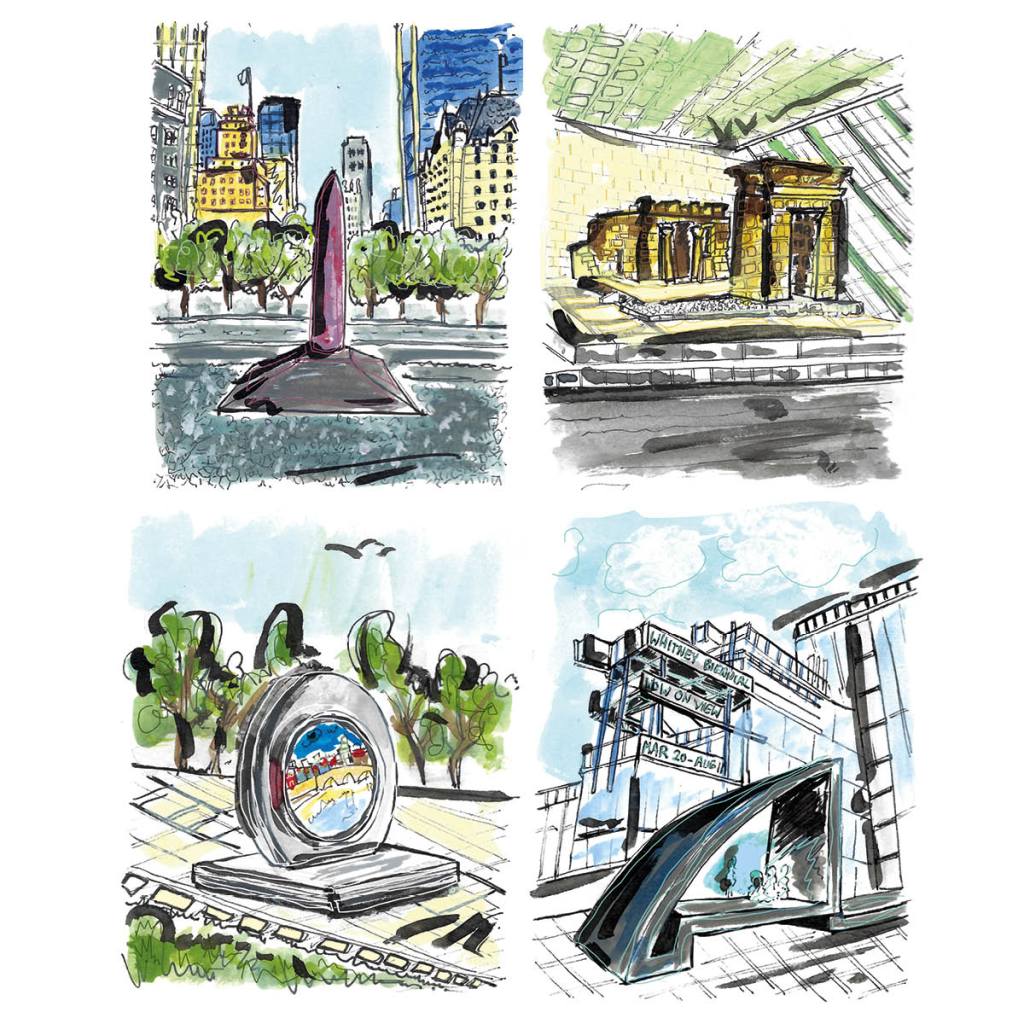






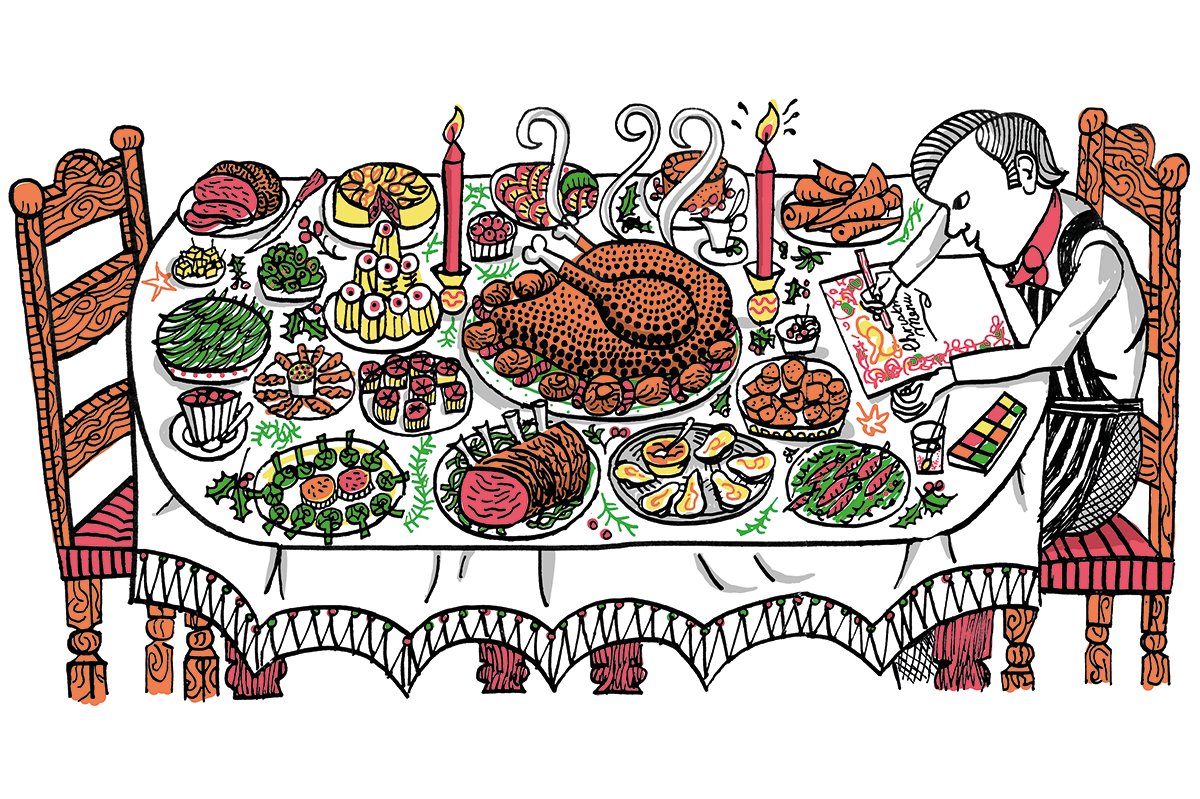
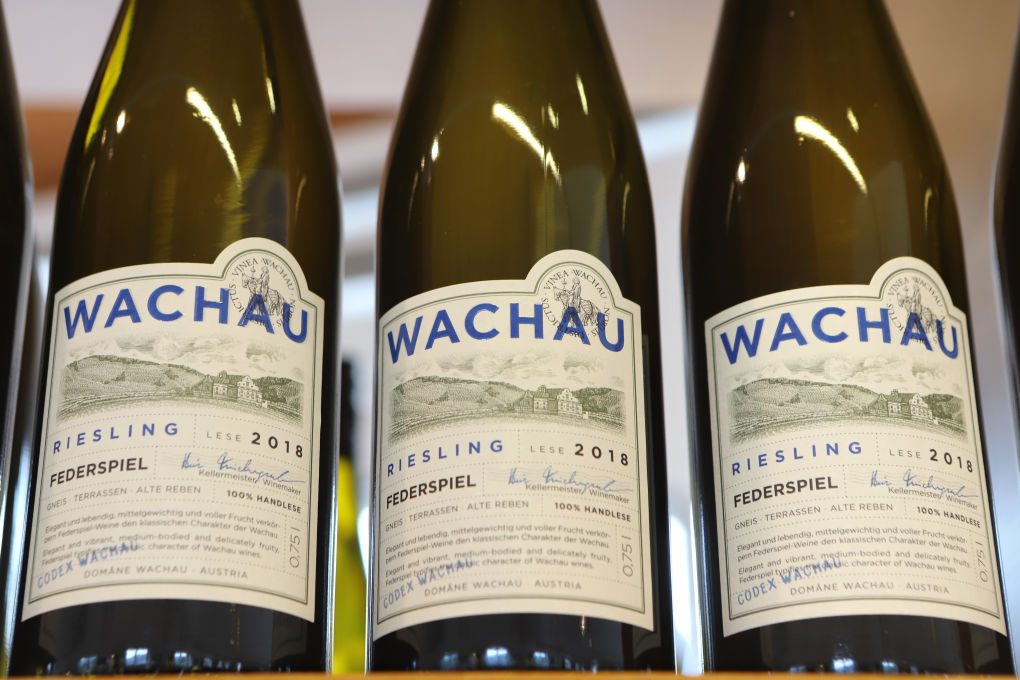
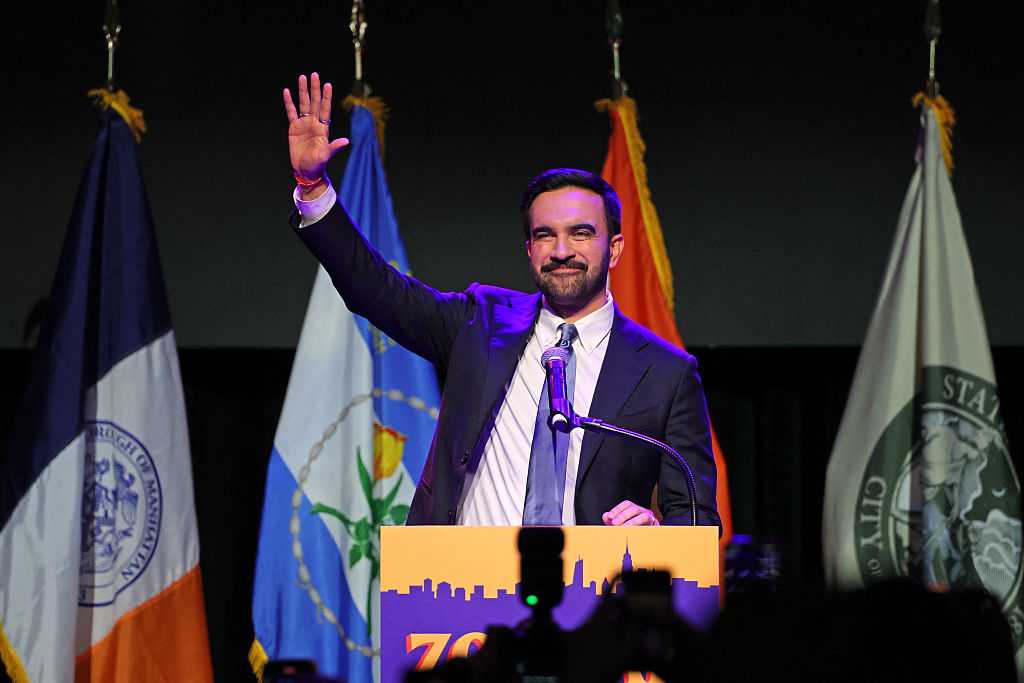
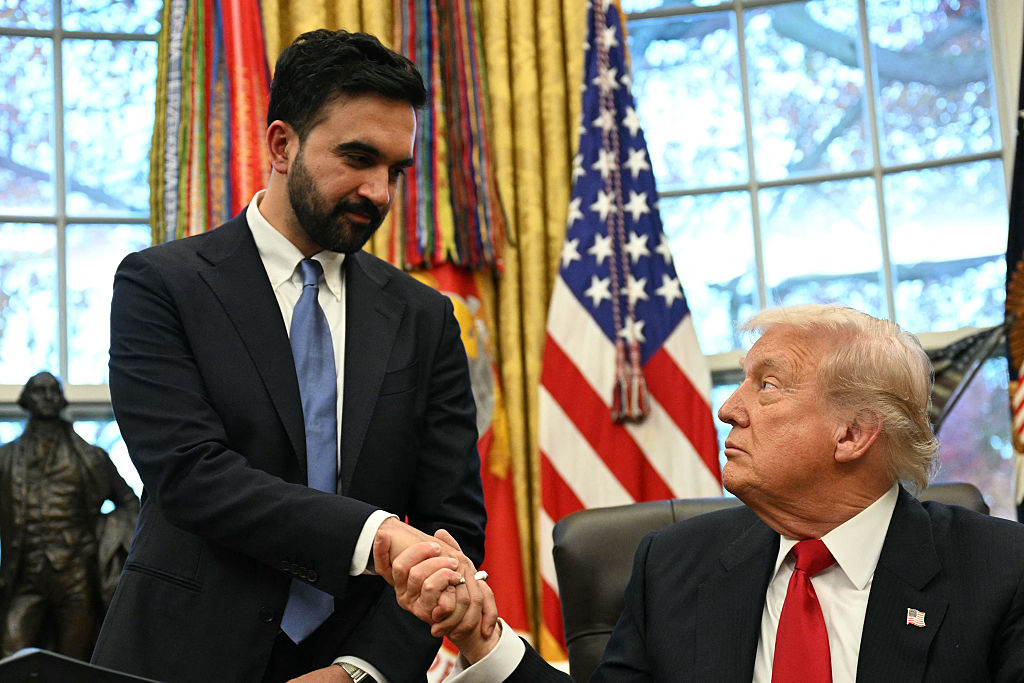
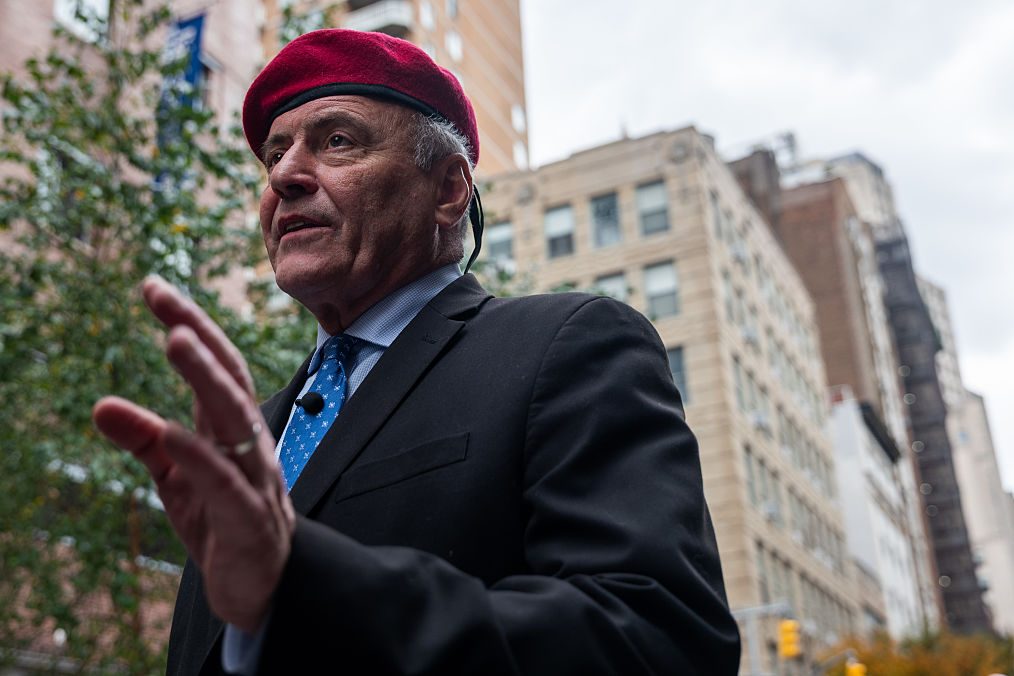
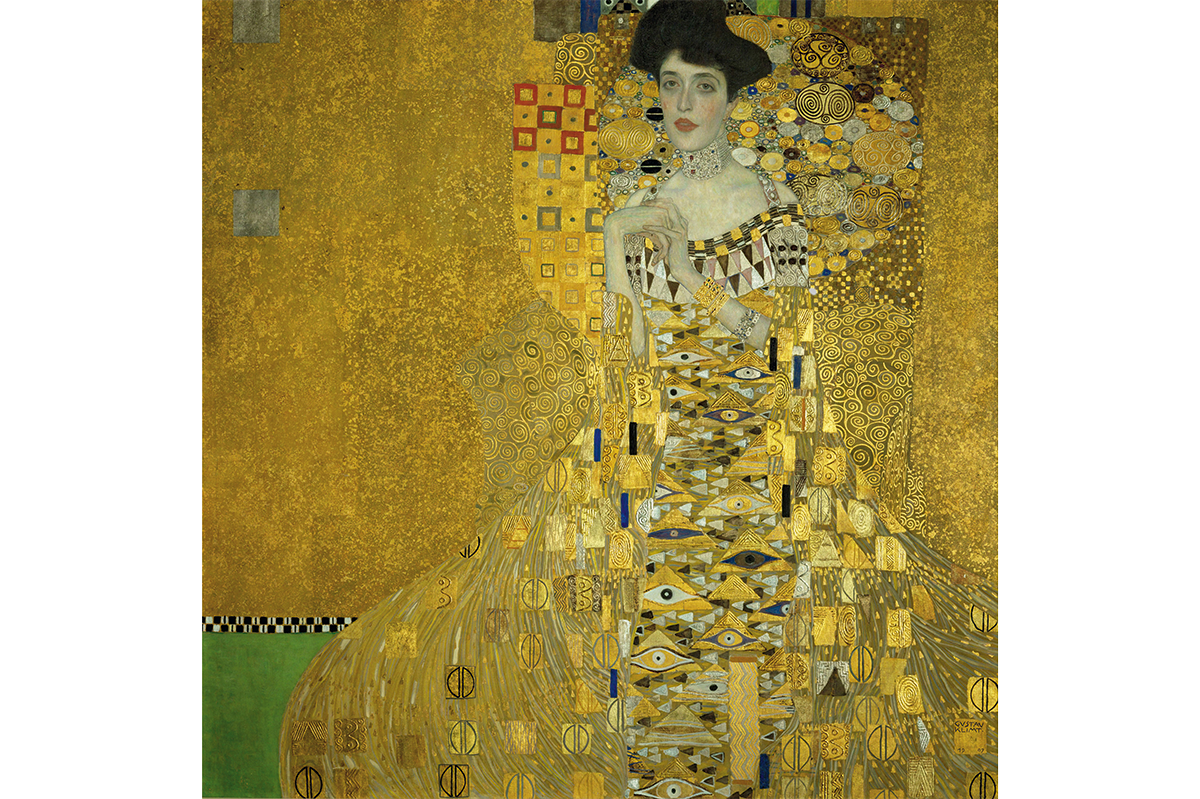







Leave a Reply